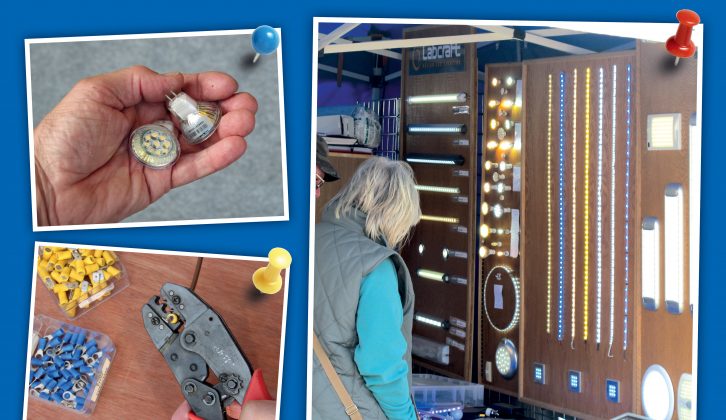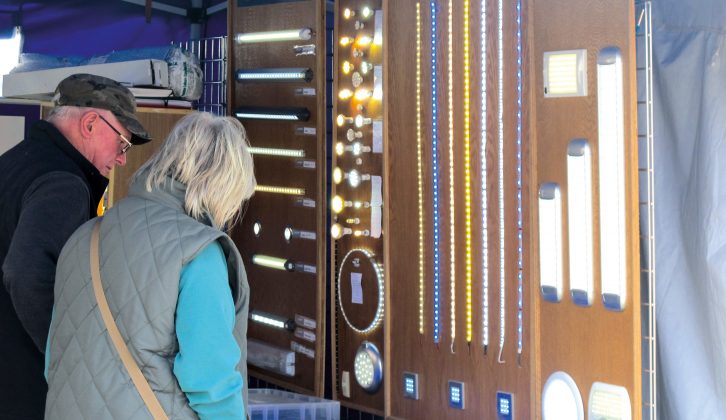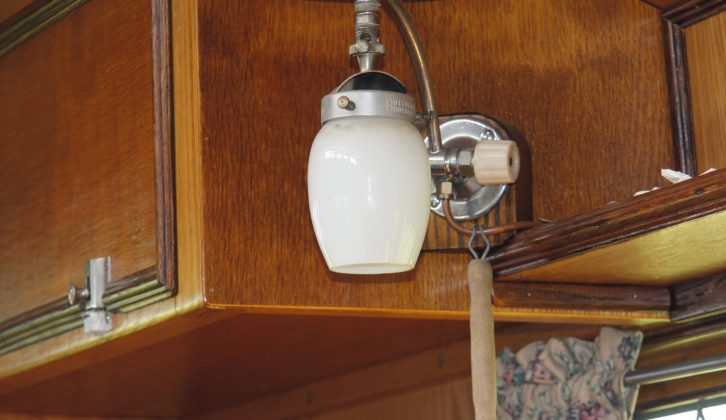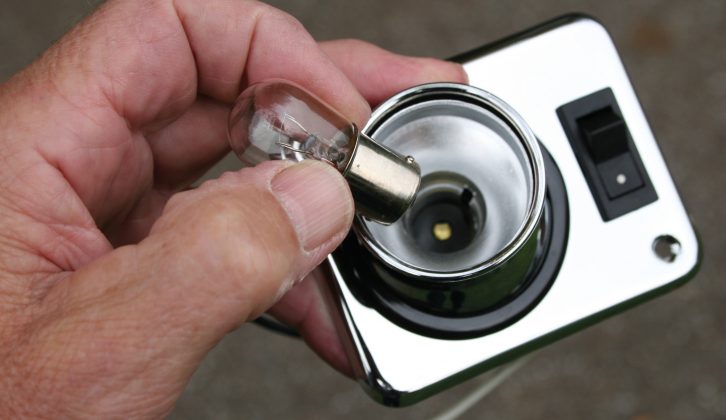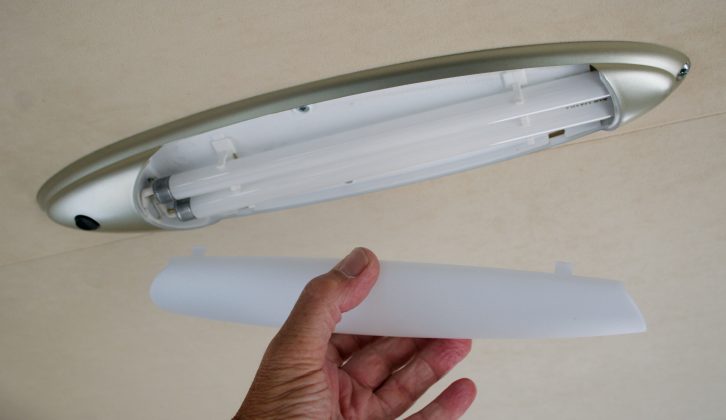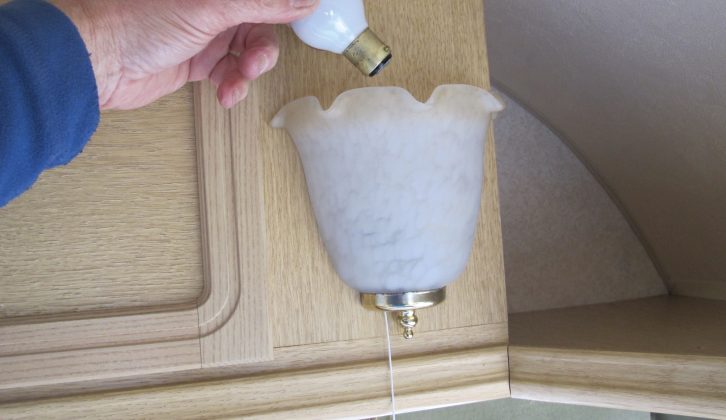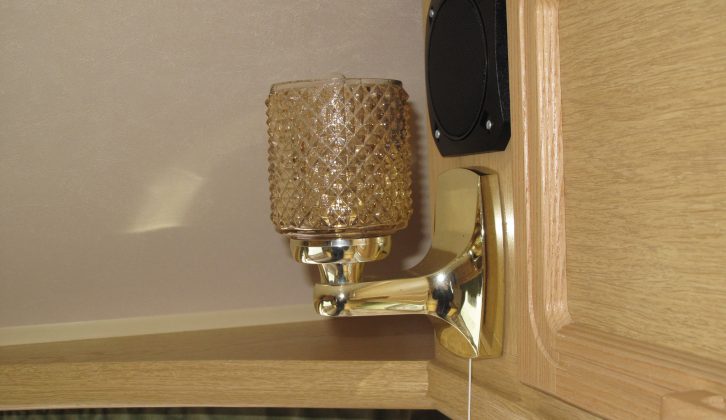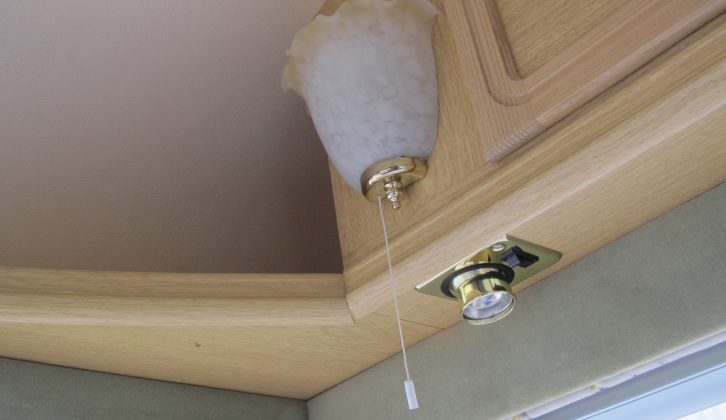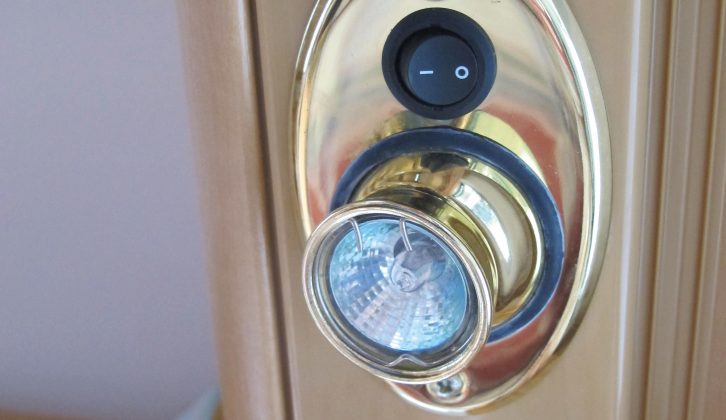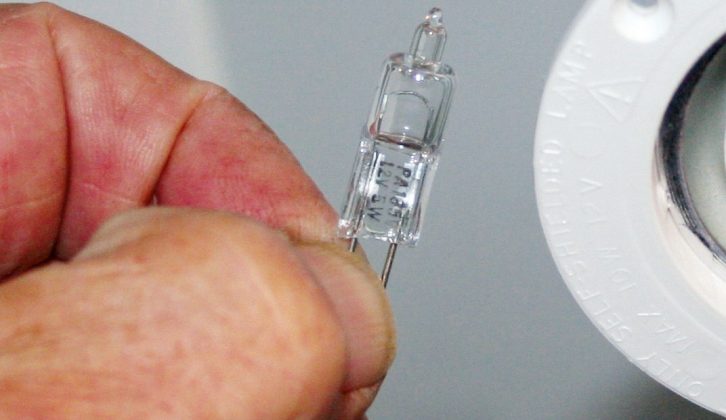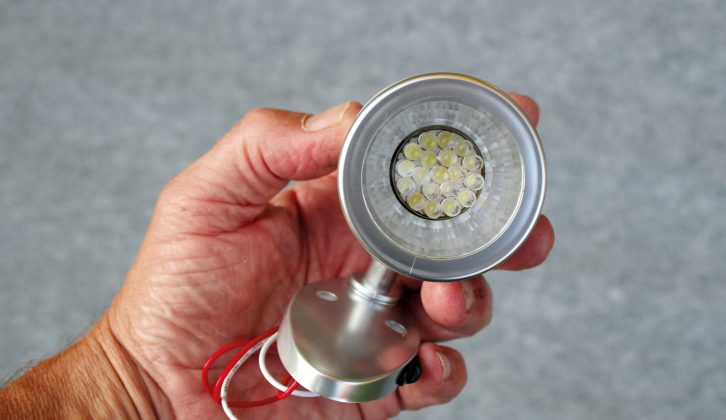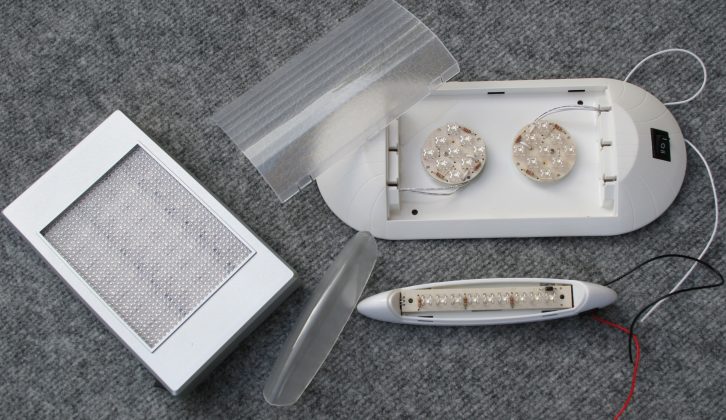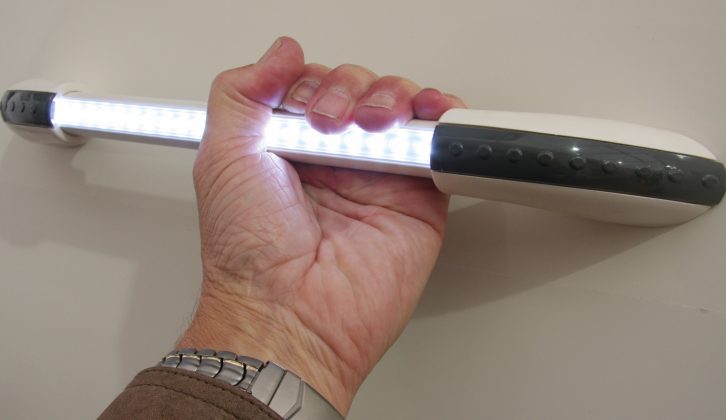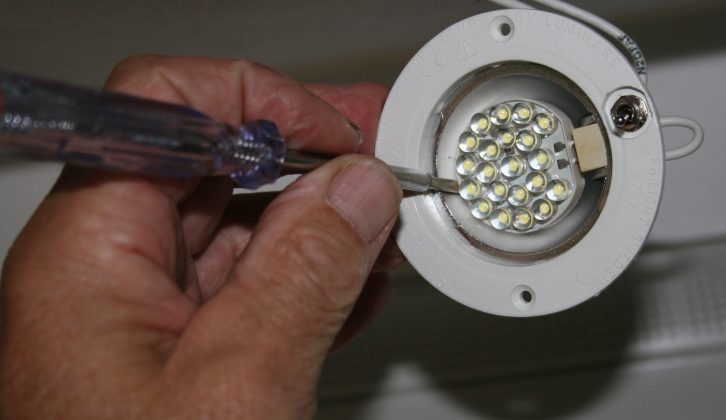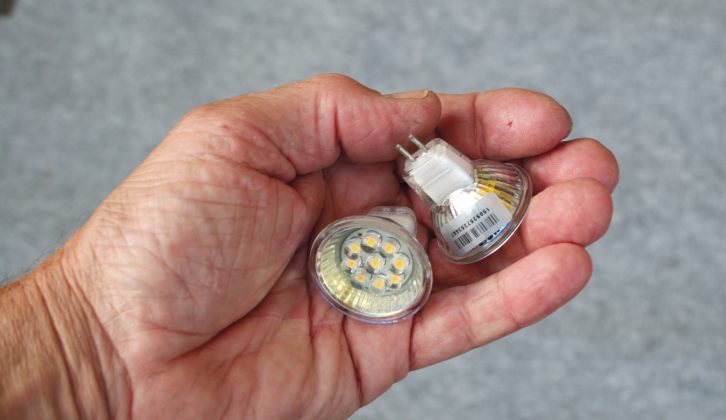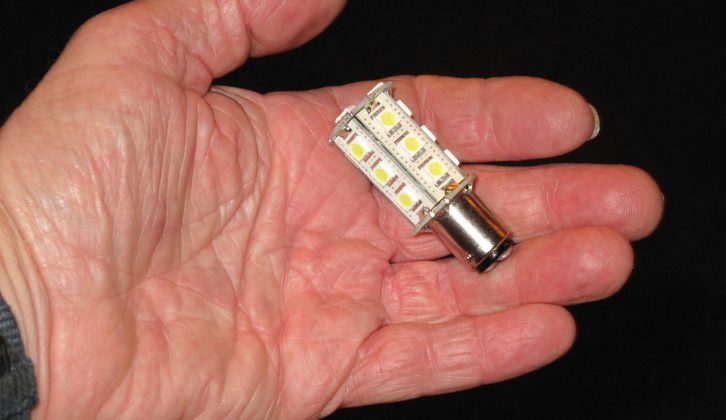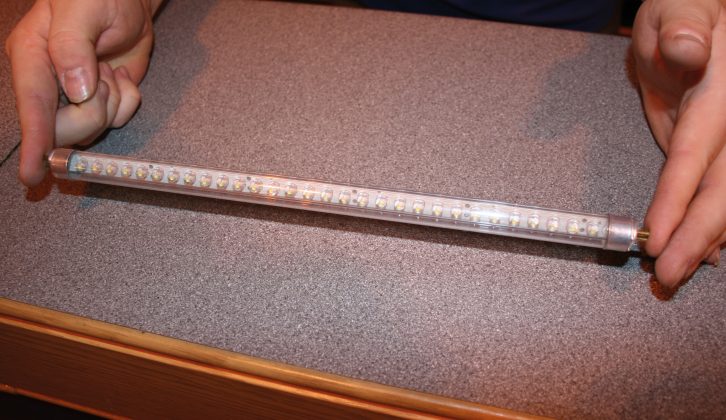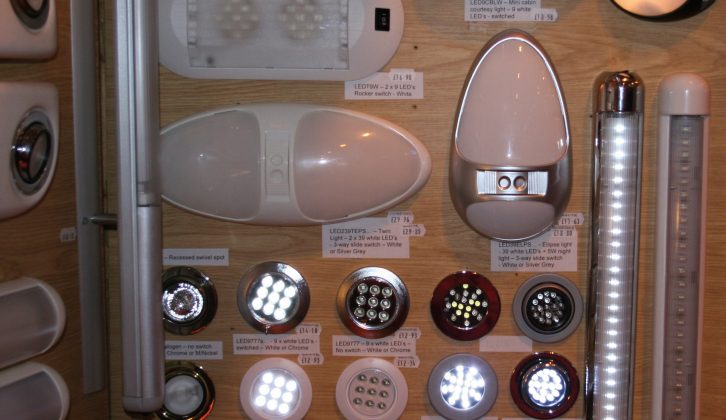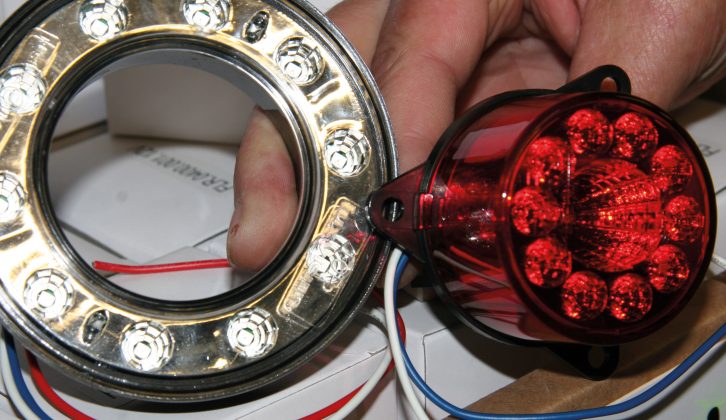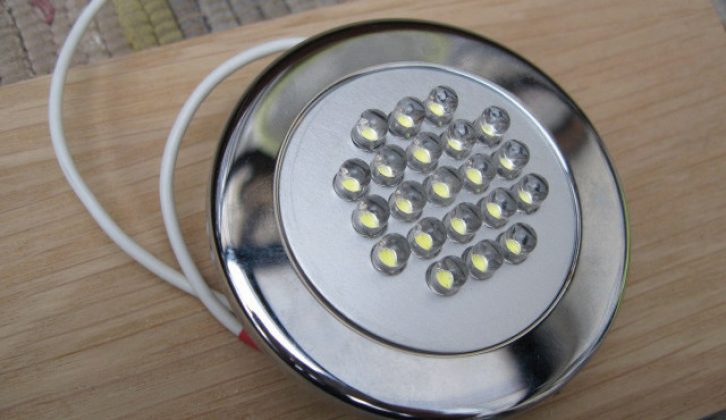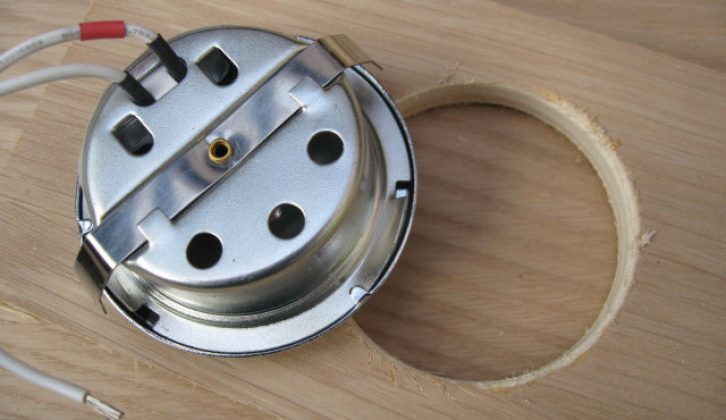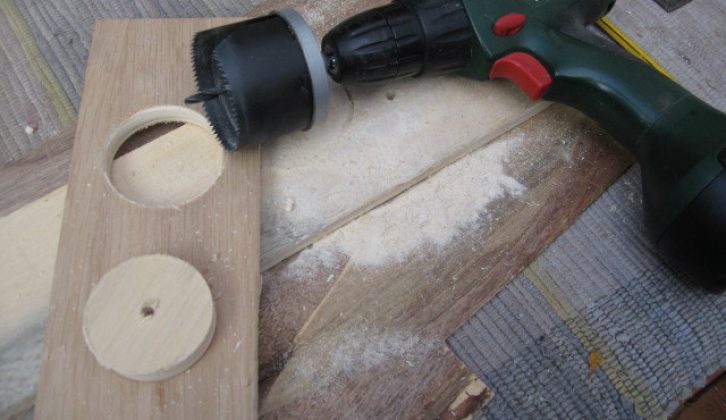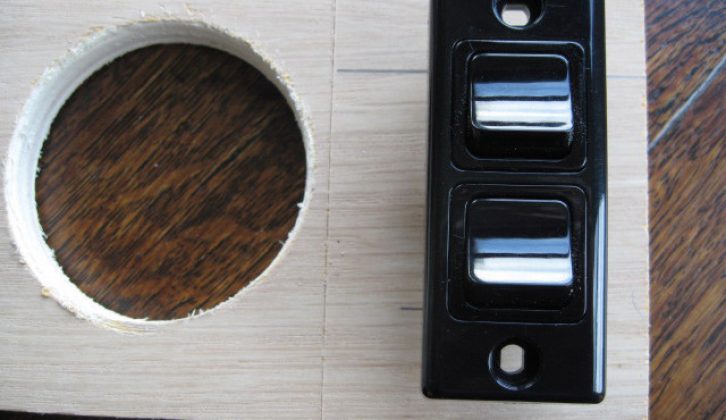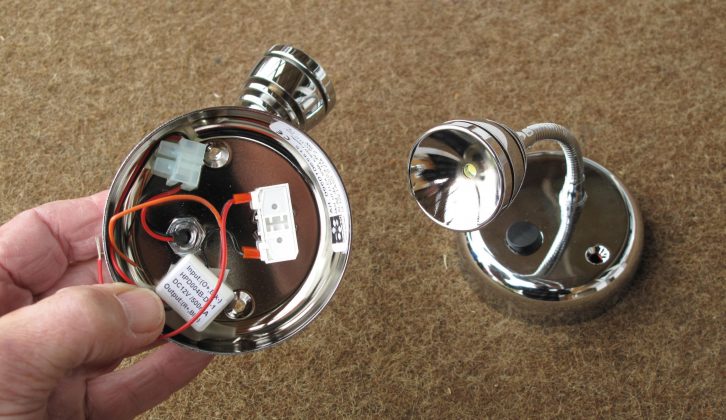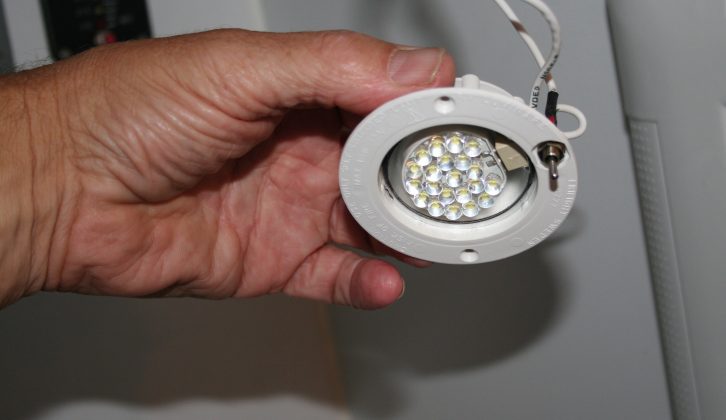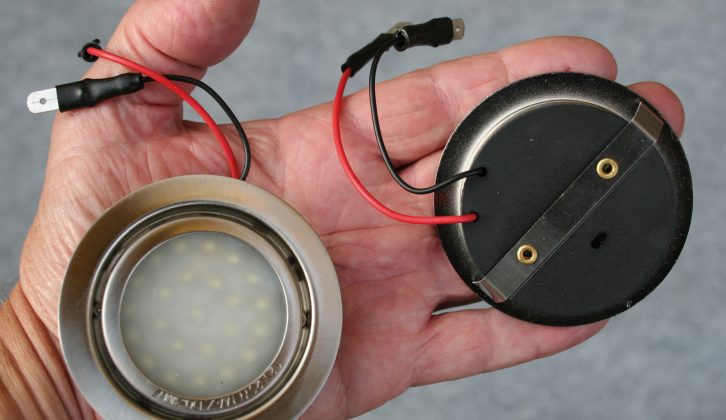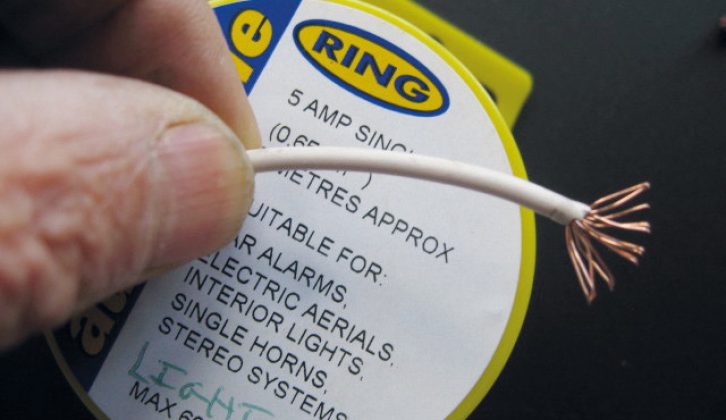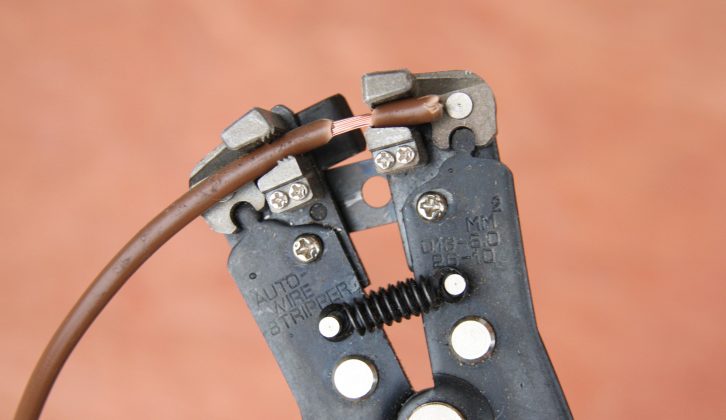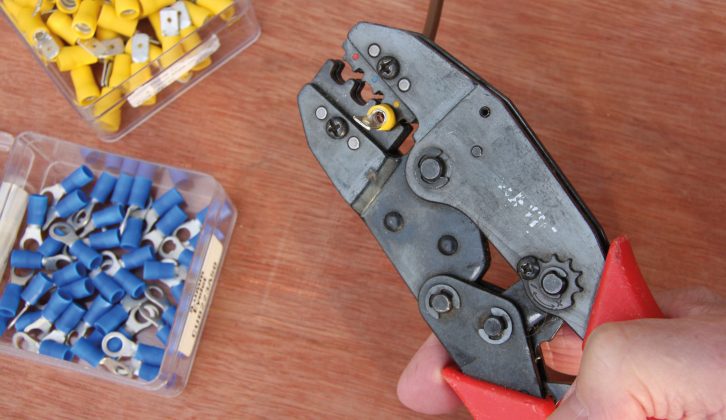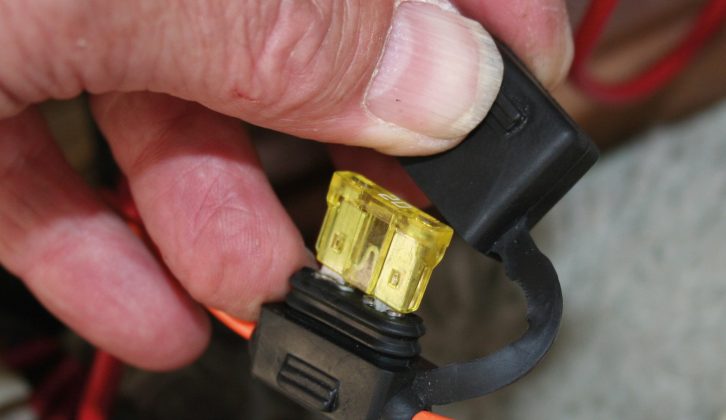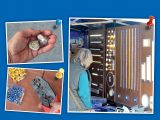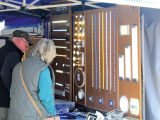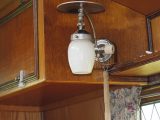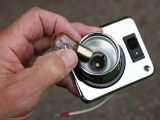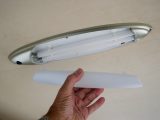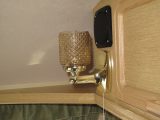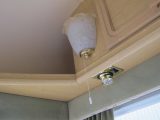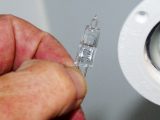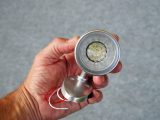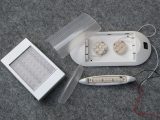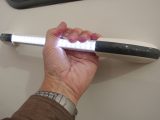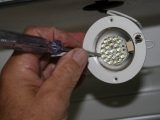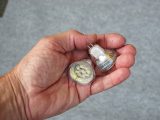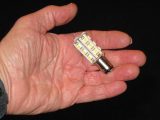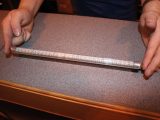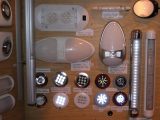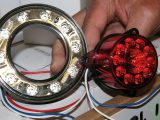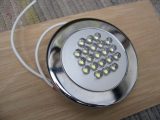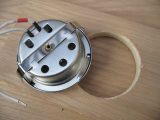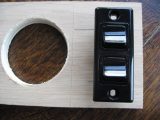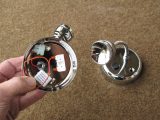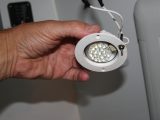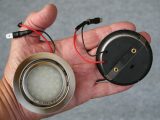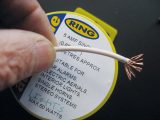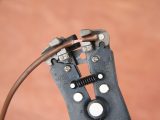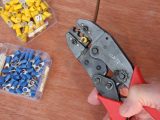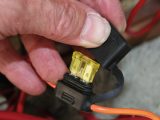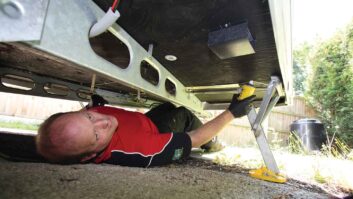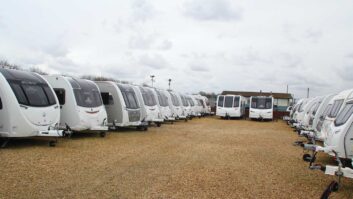Since purchasing my first caravan a long time ago, I’ve been amazed by how tourers’ interior lights have changed. Even in recent years, new products have been launched with a flourish – and then superseded a few seasons later.
There are good reasons for this. Today’s 12V lamps are more economical than products installed just 10 years ago. That’s important when you pitch at campsites that aren’t equipped with mains hook-ups, because your leisure battery is needed to provide all the power.
Not surprisingly, some owners update and improve their lighting provision. I’ve added advice at the end, if that’s something you might want to tackle. But first, let’s see how the products have changed.
Vehicle lights
After many years of installing gas lamps, caravan designers started fitting car-type lights that ran on a towing vehicle’s starter battery. These used tungsten-filament bulbs that were easy to purchase from car accessory shops.
If they were used excessively, though, the tow vehicle’s battery could go flat, making it difficult to start the engine. That’s partly why gas lamps were still being fitted in caravans built as recently as the early 1970s.
Fluorescent lights
Then came a breakthrough, thanks to research by an Essex manufacturer called Lab Craft. It set out to develop a new product using fluorescent tubes, which provide pleasant illumination using little electricity. There was only one problem with the concept: a battery provides around 12V DC but a caravan fluorescent tube needs 130V AC to ignite.
This was solved by fitting a small booster, called an inverter, in the casing to convert the 12V DC supply to 130V AC. Users were warned to switch off the power before opening the casing to fit a new tube.
Since there was initial scepticism about the long-term reliability of caravan fluorescent light fittings, models built around 1972 were supplied with both gas lamps and fluorescent fittings!
Mains lighting
In 1977, The Caravan Club launched an experiment by fitting 12 mains power sockets on one of its sites. Some users considered this a potentially dangerous idea that wouldn’t interest caravanners. How wrong they were! How would we react today if no sites were equipped with 230V hook-up?
Not surprisingly, this provision prompted manufacturers to install 230V light fittings in caravans but, since hook-ups weren’t always available, many models were fitted with 12V lighting as well.
Halogen light fittings
In spite of the modest power consumption of battery-powered fluorescent lights, their light was ‘cold’, which is one reason why 12V halogen bulbs became popular – and they’re still in use today. These are bright and illuminated with a warm colour, but are very power-hungry.
The fittings also become remarkably hot, and halogen bulbs often respond badly to voltage irregularities and rough rides during towing. Replacing bulbs demands manual dexterity and the tiny pins are easily snapped.
LED lighting
In the 1990s, the marine industry was eagerly installing LED lighting in yachts and cabin cruisers, in spite of the cost of the fittings. Without a doubt, these were too costly for tourers until LED manufacturing commenced in the Far East. From around the year 2000, prices started to fall and caravan manufacturers responded by installing more LED products.
While the early examples had a cold appearance reminiscent of fluorescent lights, tints such as ‘warm white’ and even bright ‘disco’ colours for mood lighting were introduced. Then super-bright LED products became available. However, other benefits soon became apparent.
Not only are good-quality LED products likely to last much longer than halogen bulbs, but they also don’t get hugely hot. In addition, if you compare halogen and LED fittings that produce similar amounts of light, the electrical consumption of just one halogen product is about the same as that needed to run eight LED units. This frugal call on a leisure battery’s supply has boosted their popularity.
Scroll through our gallery at the top of the page to find out more about all these products.
Top tips
- Do not tackle electrical modifications unless you are competent to do so. Although 12V DC doesn’t normally pose a risk of electrocution, a short circuit can lead to a fire.
- Be aware that a fluorescent lamp draws on a 12V DC supply but boosts it to 130V AC using a miniature inverter in order to ignite the tube. If you decide to replace a fluorescent tube with an LED of an identical size, you must first remove or bypass the inverter so it is fed by a 12V DC supply.
- On account of their accuracy, blade-type fuses are fitted in many automotive applications – and in recent caravans. These fuses have a colour designation; for instance, a 5A fuse is orange.
- The rating of a fuse needed for a lighting circuit depends on the type and number of lights. For example, the consumption of LED lights is far less than that of halogens. Many light circuits in caravans are fitted with a 5A fuse.
- There are many good suppliers of LED lamp units, but one of the most complete catalogues with technical notes is from Caravan Accessories of Kenilworth (Tel 0844 414 2324).
Do not tackle electrical modifications unless you are competent to do so
